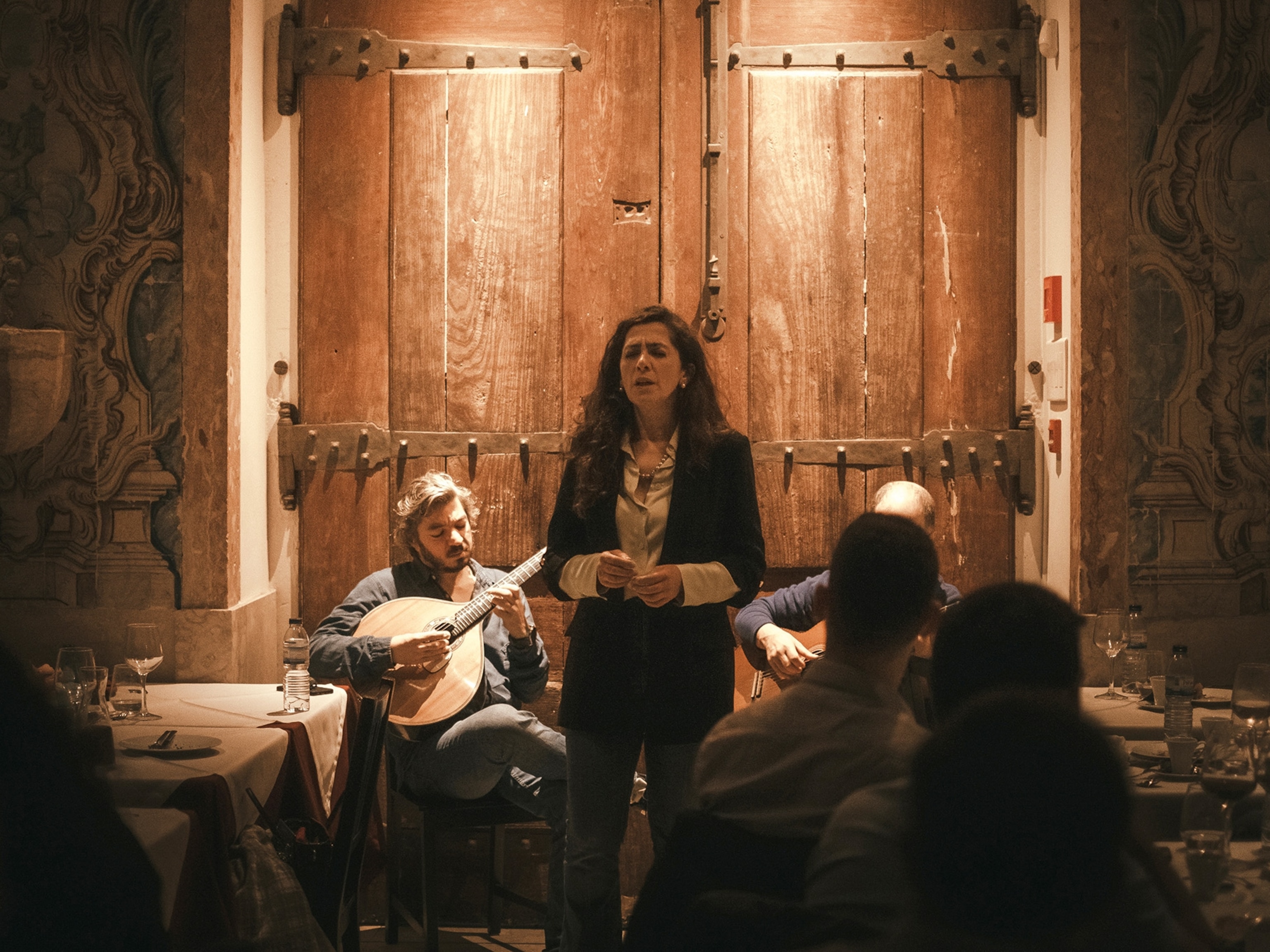
A Rough Guide to Roma Music
With a violin, a cimbalom, and some brass, Roma musicians play songs of love and loss. Here’s an insider’s guide to the constantly evolving cultural tradition. Make sure to read the lovely feature article that accompanies this primer, Roma Rhapsody: A Musical Journey Into the Heart of Romania.
> Essential Listening:
- Fanfare Ciocărlia’s album Live captures the intensity of the group’s live concert performances.
- Masters of Roma instruments, Taraf de Haïdouks plays classical music by famed composers such as Béla Bartók and Aram Khachaturian on the album Maškaradǎ.
- The compilation album Transylvanian and Moldavian Fiddlers includes more than 20 tunes from the Szászcsávás Band and other musicians from Hungarian-speaking parts of Romania.
- On the album Ghetto Blasters, Bucharest-based ensemble Mahala Raï Banda mixes traditional Roma music with 21st-century urban energy and party-starting playfulness.
> What to Read:
Isabel Fonseca’s Bury Me Standing (1995) is a captivating history of the Roma and their plight in eastern Europe. The title comes from a Roma adage: “Bury me standing; I’ve been on my knees all my life.”
> Experience Roma Music in Person:
Several organizations lead Roma music trips to Romania. Among the best is German company Transylvania Active and Cultural Travel, which runs tours in English and works in cooperation with the Asphalt Tango music label. Travelers stay some nights with Roma families.
> Photo Tip: Don’t be shy.
While attending a Gypsy music concert, you will probably get very close to the performers, so don’t forget to bring your wide lens, says photographer Bogdan Croitoru.
The performers may even draw you into the dance circle, tickling you with the bow of a violin. These are the best moments for taking pictures, face to face, not hiding but laughing and shooting pictures.
> Travel Trivia:
- National Geographic Expeditions
- Roma musician Toni Iordache (1942-1988), nicknamed “Paganini of the cimbalom,” was able to play 25 notes per second.
- The English word “pal” is borrowed from a Roma word meaning “brother.”
- In Bram Stoker’s novel Dracula, Roma serve as allies of the bloodthirsty count—evidence of their outcast status in the late 19th century.
This piece originally appeared alongside the feature “Roma Rhapsody” in the February/March 2014 issue of National Geographic Traveler magazine.





